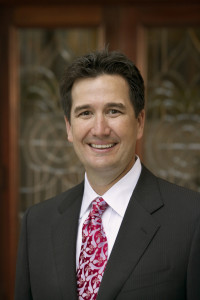Bicycling Teen Killed By Speeding Motorist
A Gonzales man is being charged with negligent homicide over the death of a Baton Rouge high school freshman last Wednesday.
On December 9, Brennan Rube, 14 years old of Prairieville, was bicycling on LA-73 when he was struck by a 2000 Dodge truck driven by Joshua Ashford, 26-years-old of Gonzales. The force of impact flung Rube from his bicycle. He was not wearing a helmet and died at the scene. The crash happened around 6 p.m., according to Louisiana State Police.
Both vehicles were traveling in the same direction and Rube was struck by the front right side of Ashford’s truck. According to the police report, Ashford was speeding on a road with a posted speed limit of 45 miles per hour. Police do not suspect Ashford of being impaired at the time of the accident, however a routine toxicology test is pending.
 Louisiana Lawyer Blog
Louisiana Lawyer Blog


